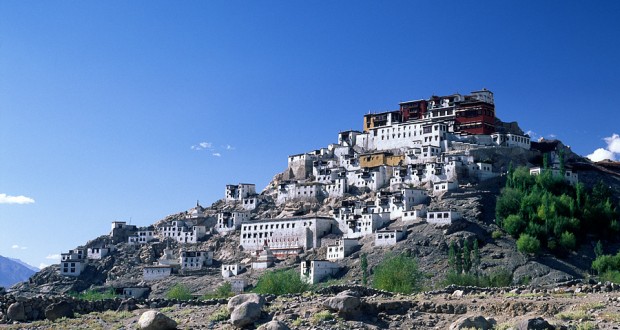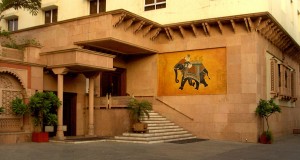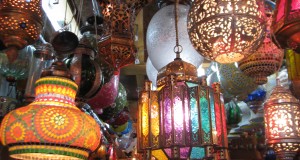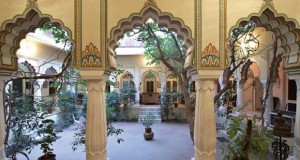Review Overview
2
Summary : Ladakh, the Land of the Passes, is perched in the cold deserts of the Karakoram ranges, at the crossroads of China, India and Central Asia.
Ladakh, the Land of the Passes, is perched in the cold deserts of the Karakoram ranges, at the crossroads of China, India and Central Asia. It may be part of India, but is less like India than anything you could imagine. A dry, mountainous moonscape, it is most often referred to as the ‘little Tibet’. The surrounding Himalaya let in very little rain, and for as far as the eye can see, the terrain appears to be a succession of flat, dust-ridden plains and barren mountains, occasionally enlivened by brilliant pink flowering dogrose bushes. The road winds snakelike round these massive folds of ancient rock, and only unravels itself into an arrow-straight line as it approaches Leh, the capital of the region. Behind this grim, forbidding facade, however, Ladakh is the ‘last Shangri-La’—an exotic land of rich art treasures, inhabited by a gentle, benign people.
The drab exteriors of gompas (Tibetan Buddhist monasteries) conceal colourful tantric frescoes, thangkas, and exquisite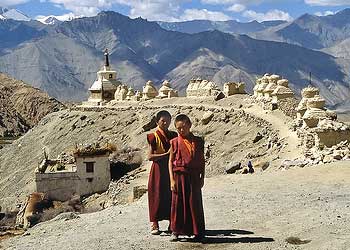 ly carved statues of gold and stone. The tough, resilient people are a fascinating mix of native Ladakhis and refugee Tibetans, only recently exposed to the outside world and still steeped in magic and mysticism. Renowned for their devout, peace-loving ways, the great majority of them adhere to the Tibetan religion and culture. After the hardshi ”, of the extreme winter, they bring the land alive during summer with festivitiem, pageantry, mask dances and mystic plays.
ly carved statues of gold and stone. The tough, resilient people are a fascinating mix of native Ladakhis and refugee Tibetans, only recently exposed to the outside world and still steeped in magic and mysticism. Renowned for their devout, peace-loving ways, the great majority of them adhere to the Tibetan religion and culture. After the hardshi ”, of the extreme winter, they bring the land alive during summer with festivitiem, pageantry, mask dances and mystic plays.
Their animals are delightfully odd– – diminutive mules, yak/cow combinations called dzos, and hairy little sheep which look like overgrown Cairn terriers. Outside Leh, the practice of polyandry (whereby many men are married to one woman) is still a way of life, and the population 0d Ladakh has remained more or less the same since the year dot.
WHEN TO GO Situated in one of the most elevated regions on earth, Ladakh has an arid cold climate throughout the year. In the depths of winter, when the passes are blocked by snow the thermometer plummets as low as minus 35°C. Between May and Novembel when the valleys is open to tourist traffic, daytime temperatures can reach a pleasant 20°C. But it’s the nights you have to watch out for—bring some warm clothing and (if trekking) a heavy-duty sleeping bag.

